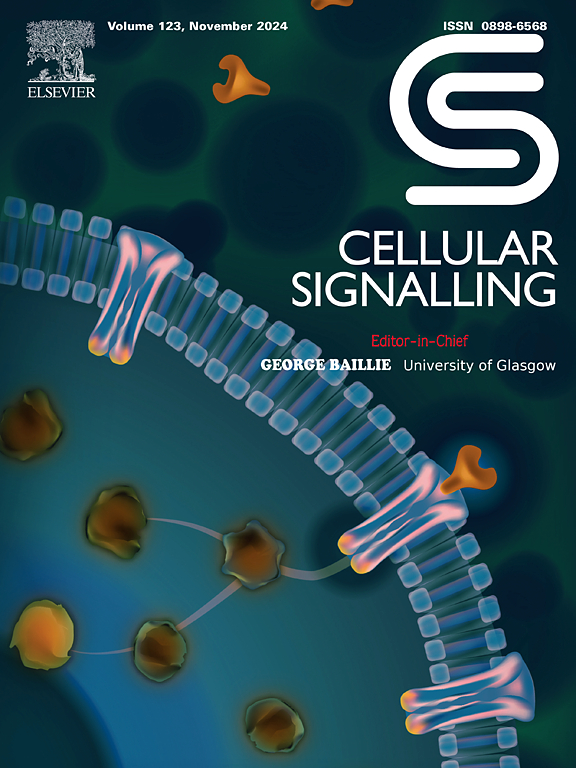HMGB1-mediated macrophage regulation of NF-κB activation and MMP3 upregulation in nucleus pulposus cells: A critical mechanism in the vicious cycle of intervertebral disc degeneration
IF 4.4
2区 生物学
Q2 CELL BIOLOGY
引用次数: 0
Abstract
Intervertebral disc degeneration (IVDD) is a leading cause of low back pain, primarily driven by inflammatory processes within the disc, particularly involving the infiltration and activity of macrophages. High Mobility Group Box 1 (HMGB1) has been identified as a crucial mediator in this inflammatory cascade, yet its precise role in macrophage-induced disc degeneration remains unclear. In this study, we employed a combination of in vivo and in vitro models, including genetically engineered mice with macrophage-specific overexpression of HMGB1, a rat model of IVDD, and cultured macrophages and nucleus pulposus cells (NPCs), to elucidate the role of HMGB1 in IVDD. Our findings reveal that HMGB1 overexpression in macrophages significantly accelerates IVDD progression by enhancing NF-κB activation and upregulating MMP3 expression in NPCs. Furthermore, the administration of glycyrrhizin (GL), an HMGB1 inhibitor, effectively mitigated these effects, delaying IVDD progression. This study not only uncovers the critical mechanisms by which HMGB1 regulates the interactions between macrophages and NPCs in the inflammatory microenvironment but also provides a theoretical framework for targeting HMGB1 as a potential therapeutic strategy for IVDD. Thus, our findings suggest a promising novel approach for the treatment of this condition.

求助全文
约1分钟内获得全文
求助全文
来源期刊

Cellular signalling
生物-细胞生物学
CiteScore
8.40
自引率
0.00%
发文量
250
审稿时长
27 days
期刊介绍:
Cellular Signalling publishes original research describing fundamental and clinical findings on the mechanisms, actions and structural components of cellular signalling systems in vitro and in vivo.
Cellular Signalling aims at full length research papers defining signalling systems ranging from microorganisms to cells, tissues and higher organisms.
 求助内容:
求助内容: 应助结果提醒方式:
应助结果提醒方式:


